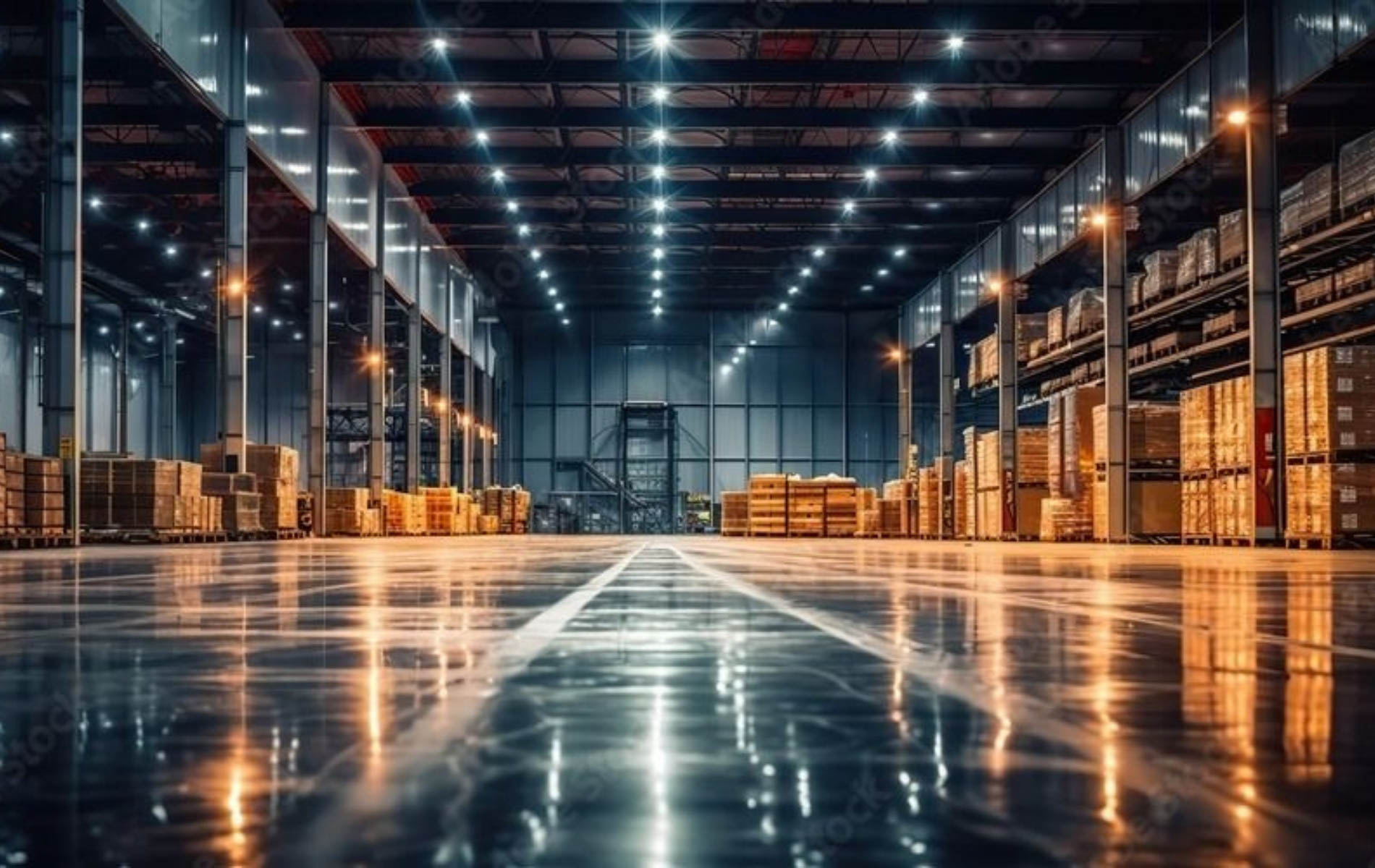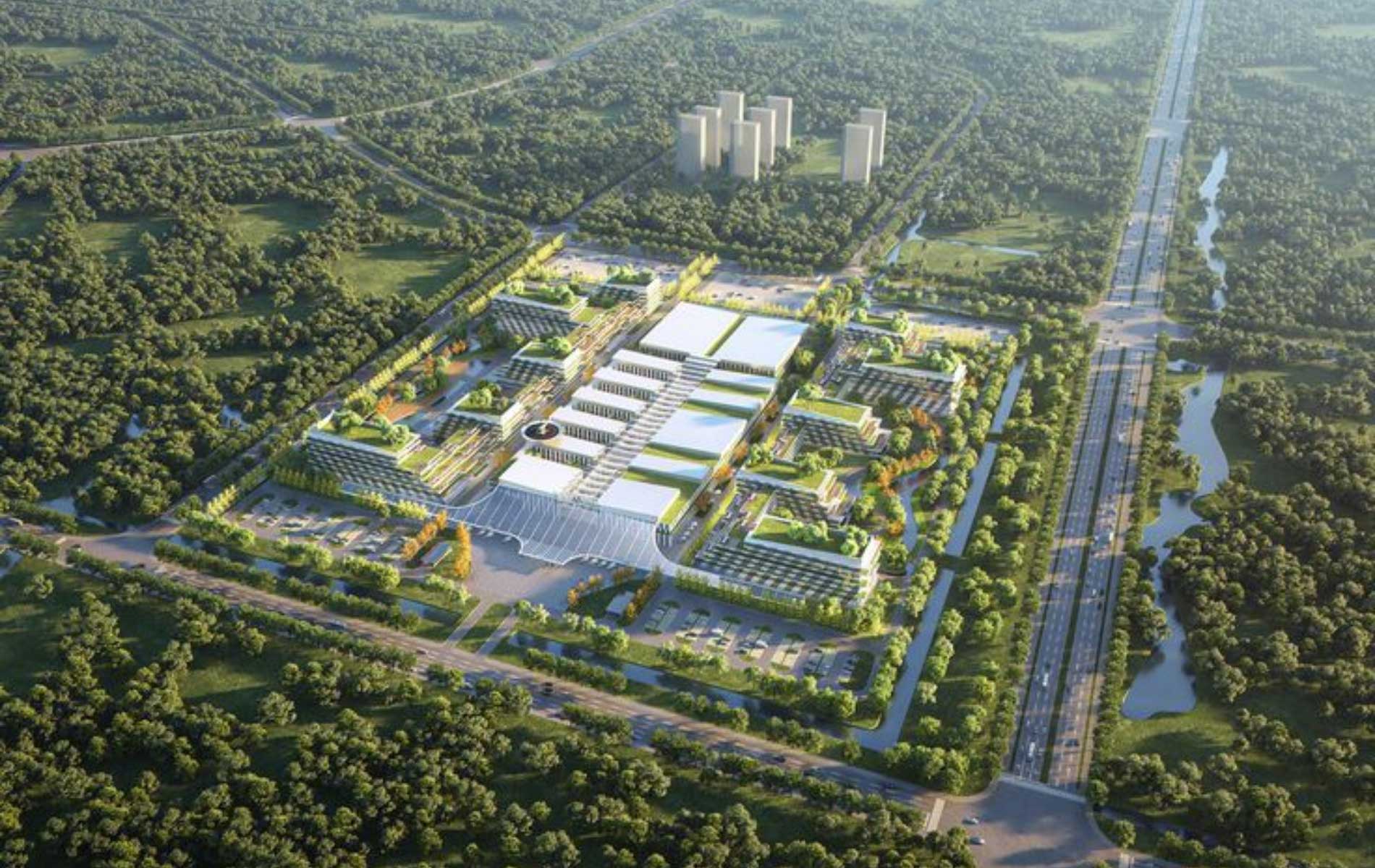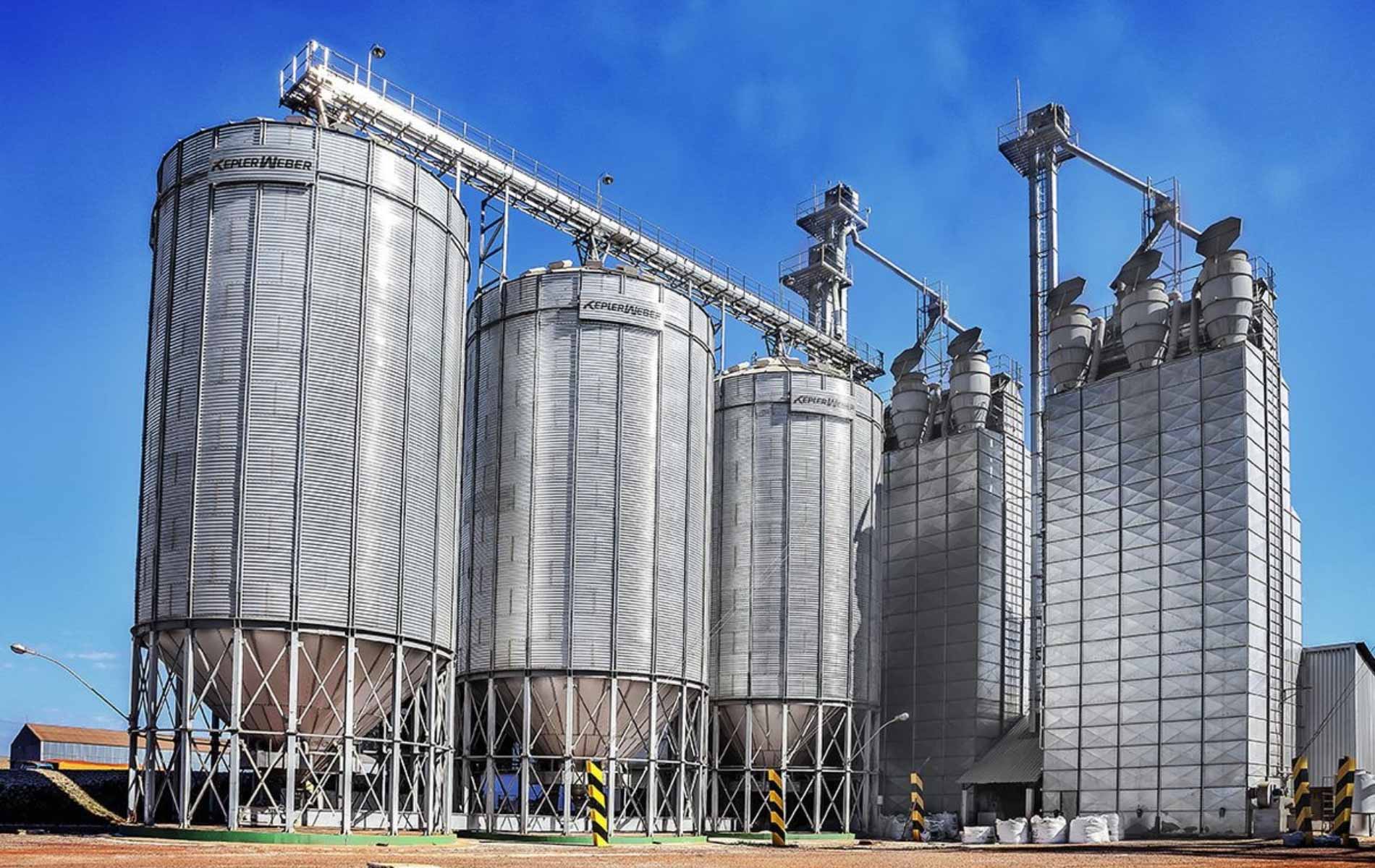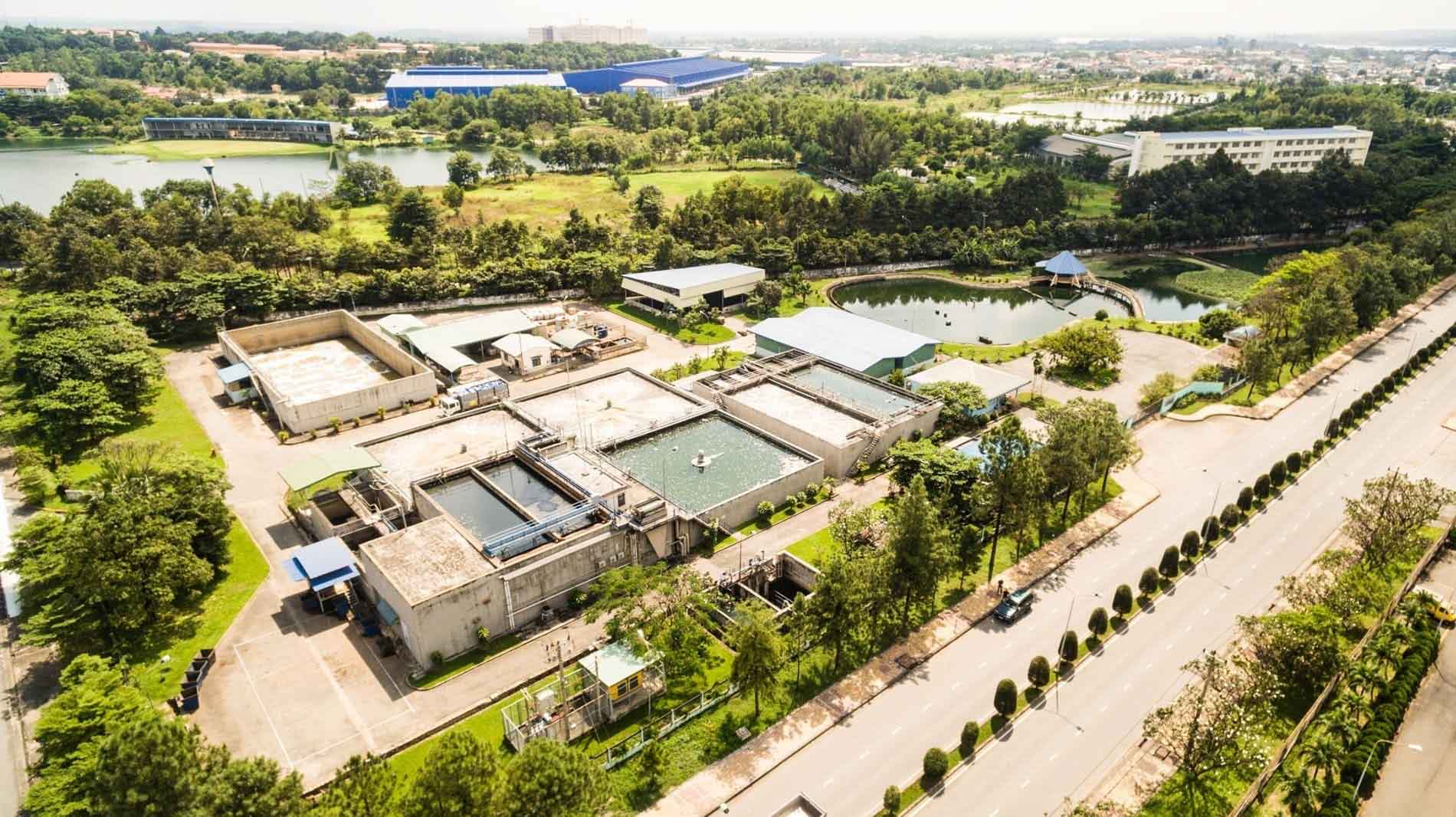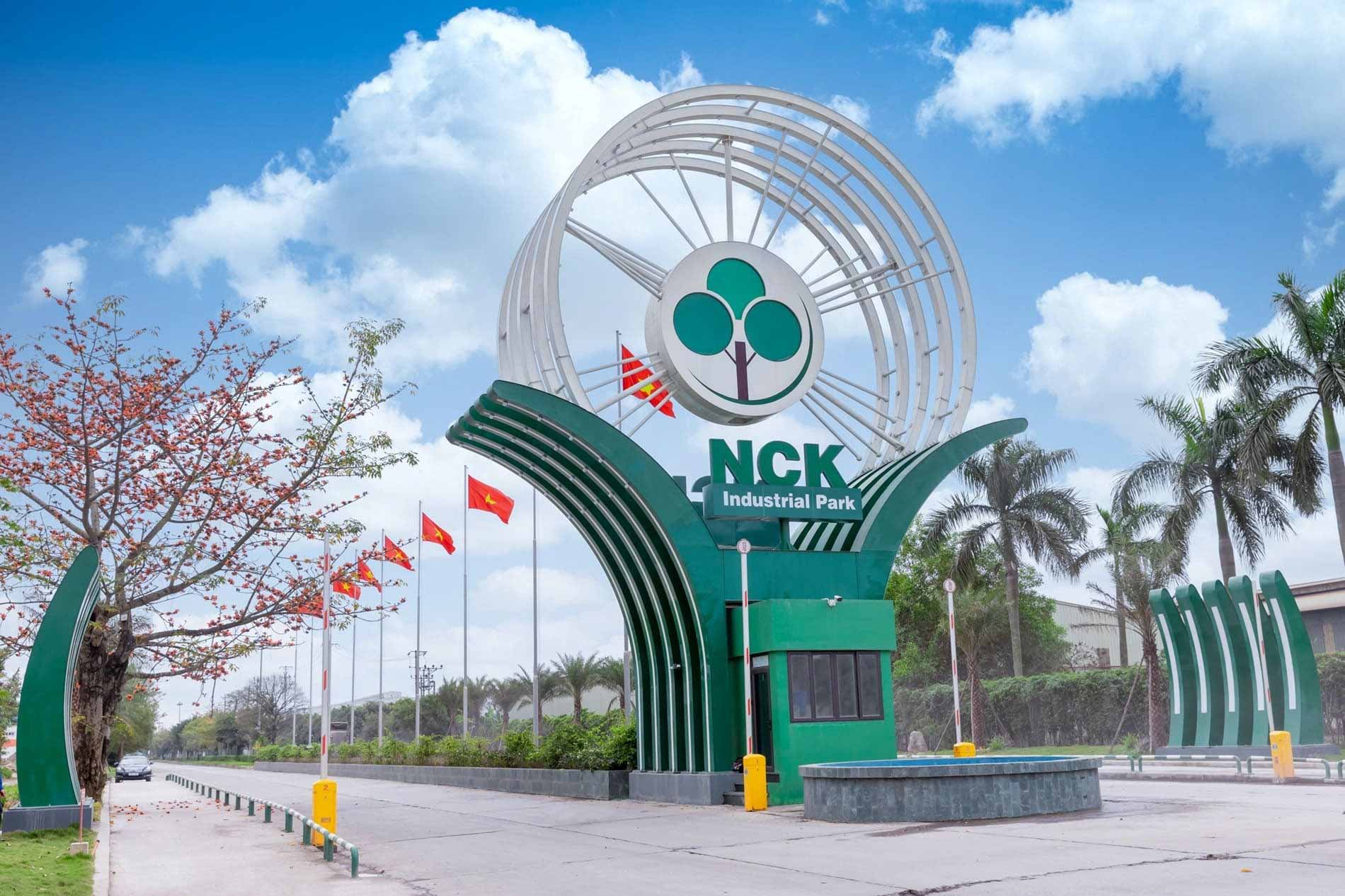Selecting the appropriate warehouse size is a critical factor in optimizing operations and reducing costs. However, not all businesses fully understand how to determine the right area based on the nature of their goods and actual usage requirements.
In this article, KTG Industrial provides essential insights to help businesses make more effective decisions when constructing or leasing a warehouse.
How to choose the right warehouse size based on intended use
Choosing warehouse size by floor area (m²)
Determining warehouse size by square meters (m²) is typically based on the formula: length × width of the floor space. This is the most common method for estimating the appropriate area based on the volume of goods to be stored.
In addition to floor area, ceiling height also affects overall storage capacity, though it is not directly factored into m² calculations. Height specifications are usually agreed upon between the business and the warehouse provider to ensure safety and operational efficiency.
Choosing warehouse size by volume (m³)
Warehouse size calculated by cubic meters (m³) considers the full three-dimensional space: length × width × height. One cubic meter represents a space that is 1 meter long, 1 meter wide, and 1 meter high—larger than a standard washing machine. This method is ideal when goods are stored on standardized shelving units or racks.
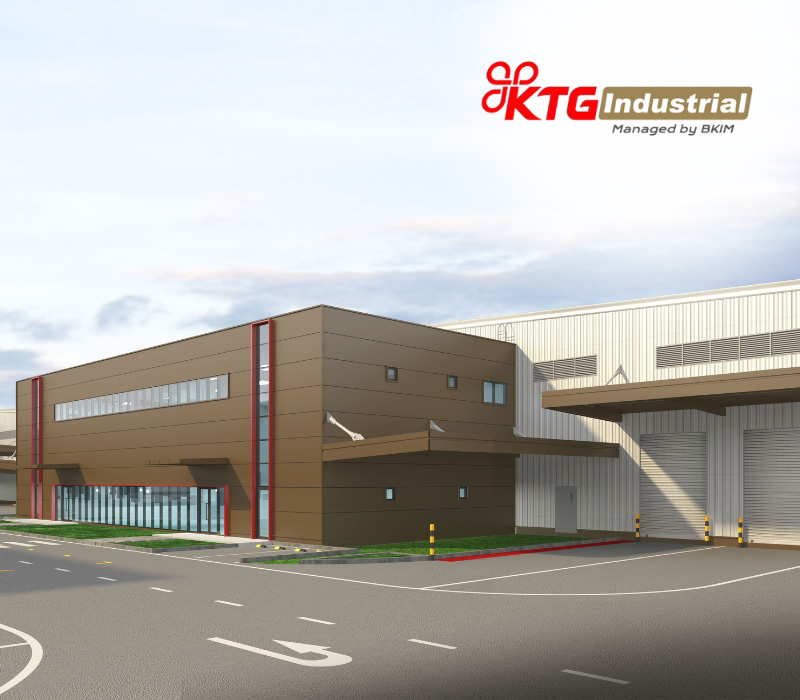
Selecting warehouse size based on height allows businesses to maximize storage capacity and utilize vertical space more effectively
Choosing warehouse size based on the dimensions and quantity of goods
When storing large-sized or irregularly shaped items such as machinery or industrial equipment, calculating warehouse size purely in square meters (m²) or cubic meters (m³) may not always be appropriate.
Due to the unique nature of these goods, which are often difficult to convert into standard units, storage costs are typically determined after a site-specific assessment by the warehouse provider. Businesses should then compare this assessment with the characteristics of their goods to select the most suitable warehouse model.
For example, non-stackable items are better suited to warehouses calculated by floor area (m²), while lightweight or compact goods can be stored more efficiently using vertical space, making cubic meter (m³) calculations more cost-effective.
Common warehouse sizes today
What is the typical size of a small warehouse?
A small warehouse typically ranges from 50 m² to 200 m², making it suitable for small businesses, startups, or companies needing short-term storage.
Ceiling heights usually range from 3 meters to 6 meters, accommodating low-tier shelving or smaller items. This size offers cost savings, easy layout management, and flexibility for various operational needs.
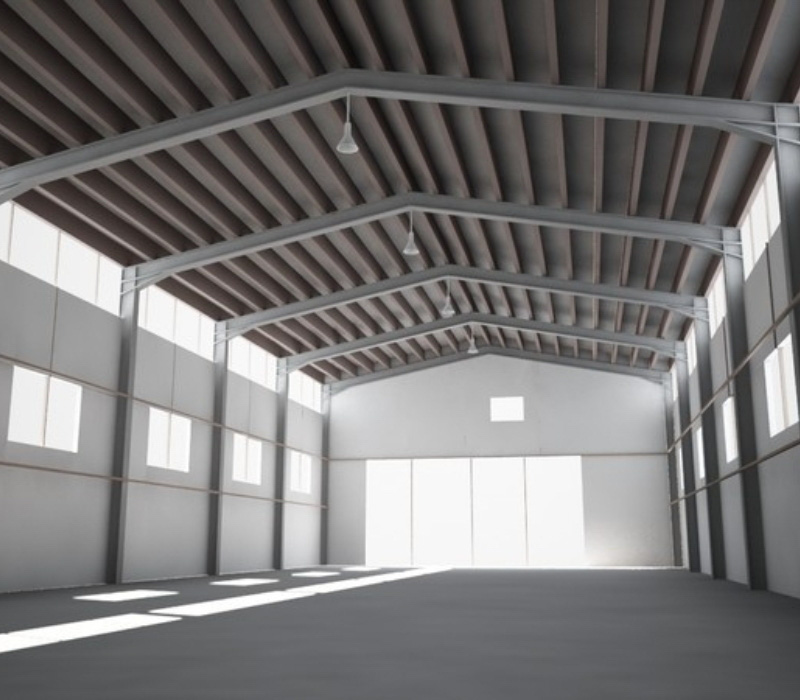
Small warehouses usually start at 50 m²
What is the typical size of a large warehouse?
A large warehouse generally ranges from 1,000 m² to over 10,000 m², designed to meet the high-volume storage needs of manufacturing, logistics, or e-commerce operations.
Ceiling heights can reach 9 to 15 meters, allowing for the installation of high-bay racking systems and automated equipment. Large warehouses are often equipped with dedicated loading docks, wide internal roads, and separate handling areas to enhance operational efficiency.
Differences in warehouse needs between large and small enterprises
Depending on their operational scale, type of goods, and investment budget, each business will have distinct requirements regarding warehouse size, operational systems, and management methods.
The table below outlines the key differences in warehousing needs between large enterprises and small businesses, providing a clear comparison:
| Criteria | Large Enterprises | Small Businesses |
| Warehouse size | Large area (thousands to tens of thousands of square meters) for high-volume storage | Smaller area (tens to a few hundred square meters) for medium- to low-volume goods |
| Operational requirements | Advanced systems with automation, WMS software, and standardized workflows | Manual processes or basic software tools |
| Inbound/outbound frequency | High frequency; warehouse often located near ports or industrial zones | Lower frequency; more flexibility in warehouse location |
| Investment in warehousing | Large budgets; often build dedicated facilities or sign long-term leases | Prefer cost-effective, flexible rental options, charged by m² or m³³ |
| Types of goods stored | Diverse product lines; zoning required for special goods | Simple inventory with minimal special storage needs |
Advantages of different warehouse sizes
Benefits of small warehouses
Small warehouses are typically suitable for SMEs or businesses with short-term storage needs and limited product variety. Key advantages include:
- Cost efficiency: Rental and operational costs are significantly lower compared to larger warehouses.
- Ease of management: Smaller spaces simplify inventory control, stocktaking, and warehouse operations.
- Flexible usage: Ideal for temporary storage, retail inventory, or office equipment.
- Quick setup: Small warehouses can be constructed, renovated, or put into use quickly without major capital investment.
Benefits of large warehouses
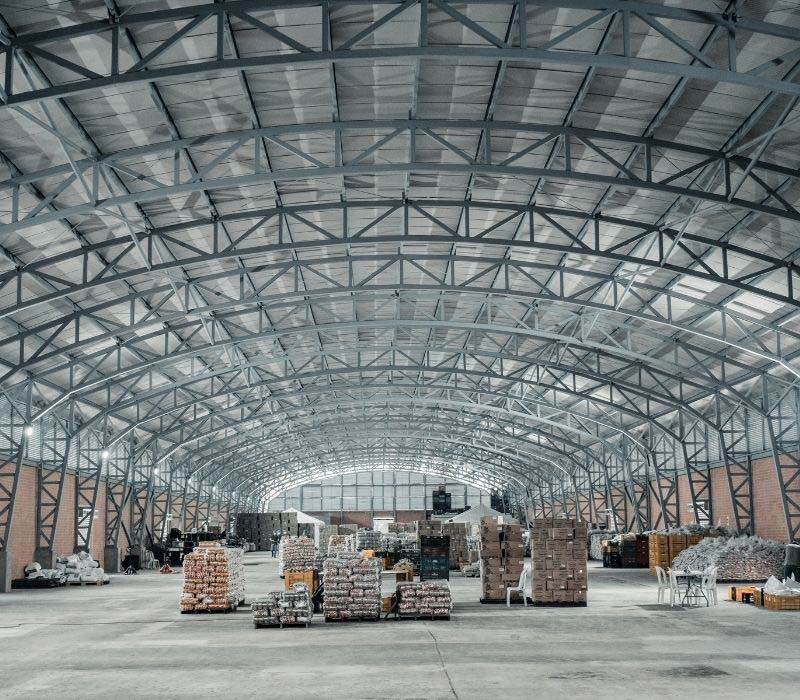
Large warehouses maximize storage efficiency and scalability
A large-scale warehouse is ideal for enterprises with high production volumes, bulk inventory, or those operating in logistics and distribution sectors. Key advantages include:
- High storage capacity: Easily accommodates large volumes of goods, supporting uninterrupted operations.
- Optimized logistics processes: Facilitates integration of automated systems such as conveyors, forklifts, and warehouse management systems (WMS) to boost efficiency.
- Zoning flexibility: Allows division into functional areas like receiving, dispatch, inventory control, and packing.
- Long-term scalability: Ideal for companies expanding across multiple sites or scaling up their production capacity.
Key considerations when choosing warehouse size
When to choose a small warehouse
Opting for a smaller warehouse can be highly cost-effective if aligned with operational needs and timing. Below are scenarios where a small warehouse would be a strategic choice:
- For small to medium-sized businesses: When inventory levels are moderate and large storage space is unnecessary.
- Short-term storage needs: Ideal for temporary campaigns, seasonal stock, or transitional operations.
- Budget-conscious operations: Lower rental and operational costs suit startups or companies aiming to control expenses.
- Easily manageable goods: Best suited for items that are compact, easy to store, and require minimal handling equipment.
- Transit or cross-docking points: Suitable for hubs that serve as temporary stops in the supply chain, where flexibility matters more than scale.
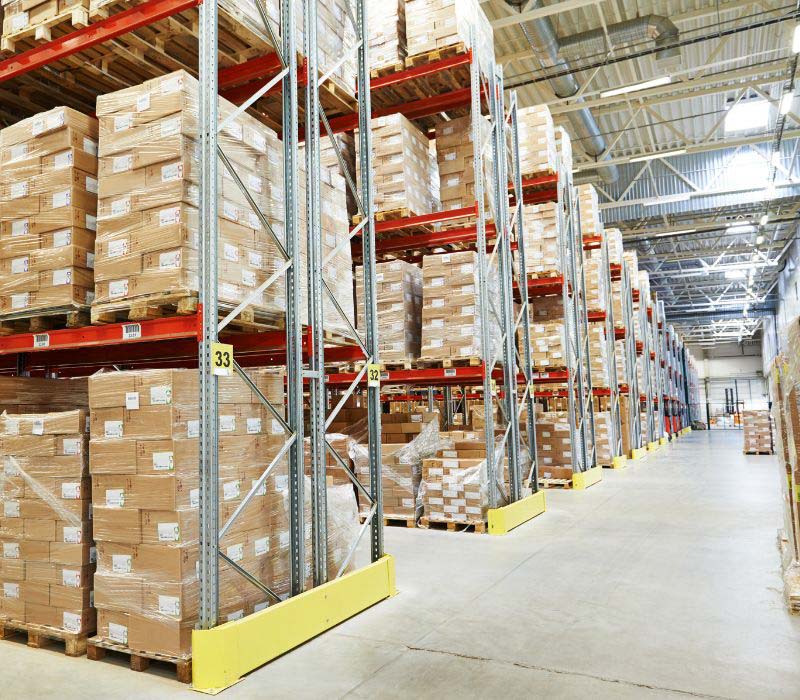
A small warehouse can be highly effective if businesses clearly define their storage goals and timing
When should you choose a large warehouse?
For businesses operating at a large scale or planning long-term expansion, choosing a large warehouse offers significant advantages:
- High inventory volume: Requires ample space to store a large quantity of goods for extended periods.
- Diverse product lines: Suitable for storing multiple SKUs that require clearly defined zones to avoid mix-ups.
- Complex workflows: Supports dedicated areas for packing, sorting, inventory checks, or logistics automation.
- Growth potential: Ideal for companies with future expansion plans needing surplus capacity.
- Bulky items: Essential for large machinery or equipment that cannot be stacked.
KTG Industrial – Your strategic partner in modern warehousing solutions
In the context of a rapidly growing industrial economy, the demand for modern, cost-effective, and eco-friendly warehouse and factory spaces is becoming increasingly vital.
KTG Industrial, a leading industrial real estate developer in Vietnam, offers comprehensive industrial solutions—from construction and leasing to strategic partnerships for long-term, sustainable growth.
With a long-term vision, KTG Industrial not only provides ready-built warehouses and factories that meet international standards, but also offers flexible built-to-suit options tailored to each client’s unique production and business requirements.
In addition, the company delivers end-to-end consulting services, supporting businesses throughout the entire process—from design and planning to efficient plant operations.
KTG Industrial goes beyond infrastructure. It is committed to sustainable development through the ESG (Environmental, Social, Governance) model, which serves as the foundation of its strategy.
The company has already installed rooftop solar power systems and developed LEED-certified green factories that align with global environmental standards.
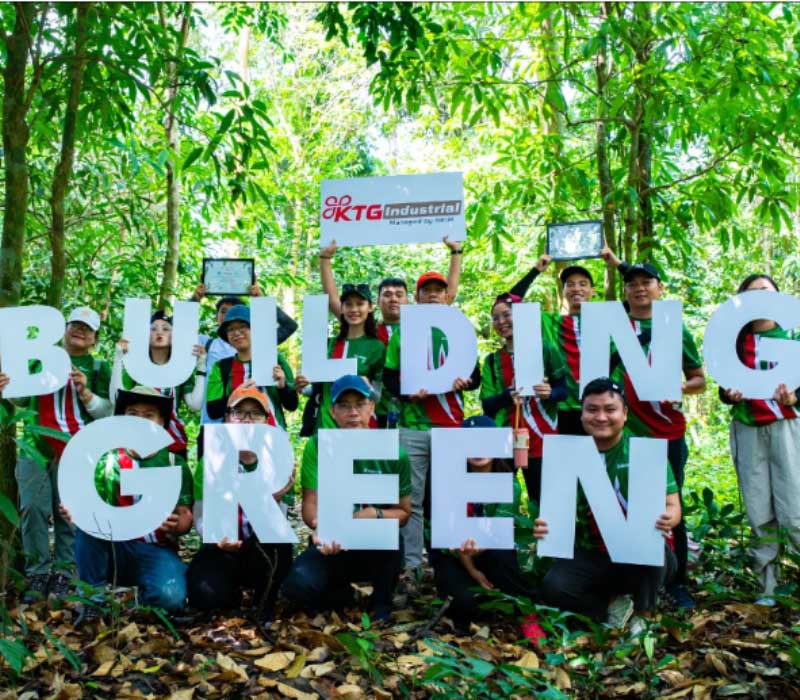
KTG Industrial leads green industrial development with a comprehensive ESG strategy
At the KTG Industrial VSIP Bac Ninh II project—certified to LEED GOLD standards—KTG Industrial has launched a reforestation initiative with 5,000 trees planted, aiming to reduce carbon emissions and enhance the quality of life and work within the industrial zone.
This effort also aligns with the national campaign “One Billion Trees for a Greener Vietnam” and supports the goal of achieving net-zero emissions by 2050.
“We are striving to build more responsibly and have begun taking the first steps toward realizing our ESG commitments,” shared Mr. Dang Trong Duc, CEO of KTG Industrial.
Phase 1 of the KTG Industrial VSIP Bac Ninh II project is currently under development on a 10-hectare site, offering 44,000 m² of leasable space across seven ready-built factories.
Strategically located just 24 minutes from Noi Bai International Airport, the site enjoys seamless connectivity to four major expressways, three international airports, and two deep-water seaports, positioning it as a modern industrial hub with easy access to both domestic and international markets.
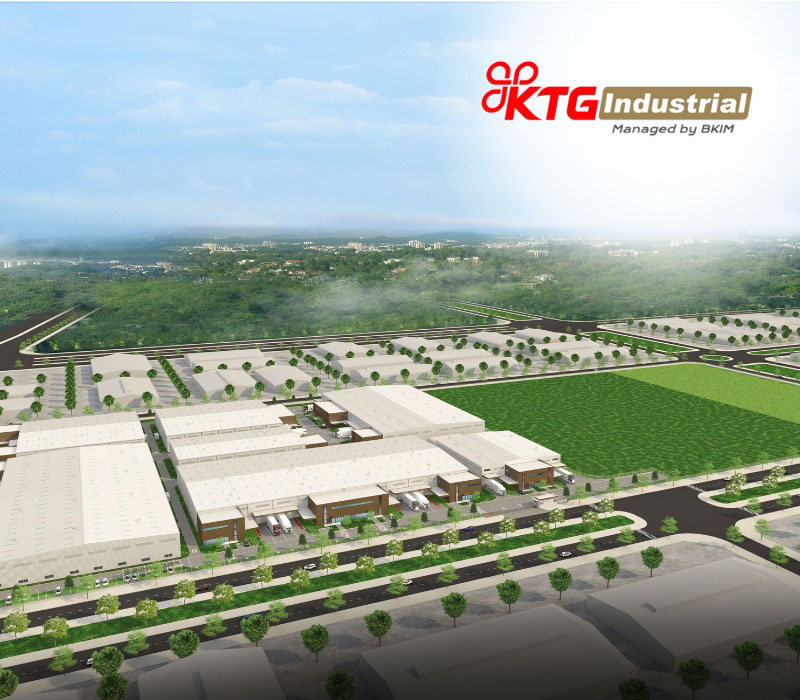
KTG Industrial VSIP Bac Ninh II – Phase 1
Every initiative taken by KTG Industrial aligns with a common vision: to build industrial infrastructure that is not only operationally efficient but also environmentally harmonious and sustainable in the long term.
With a clear strategic direction, robust implementation capacity, and a strong commitment to ESG principles, KTG Industrial is steadily solidifying its position as a trusted strategic partner in Vietnam’s evolving industrial landscape.
Conclusion
Choosing the right warehouse size is a strategic move that helps businesses optimize costs, improve operational efficiency, and support long-term growth. Depending on the type of goods, business model, and expansion plans, companies should carefully consider all relevant factors before making a decision.
We hope that insights from KTG Industrial will support your enterprise in selecting the most suitable warehouse solution.

